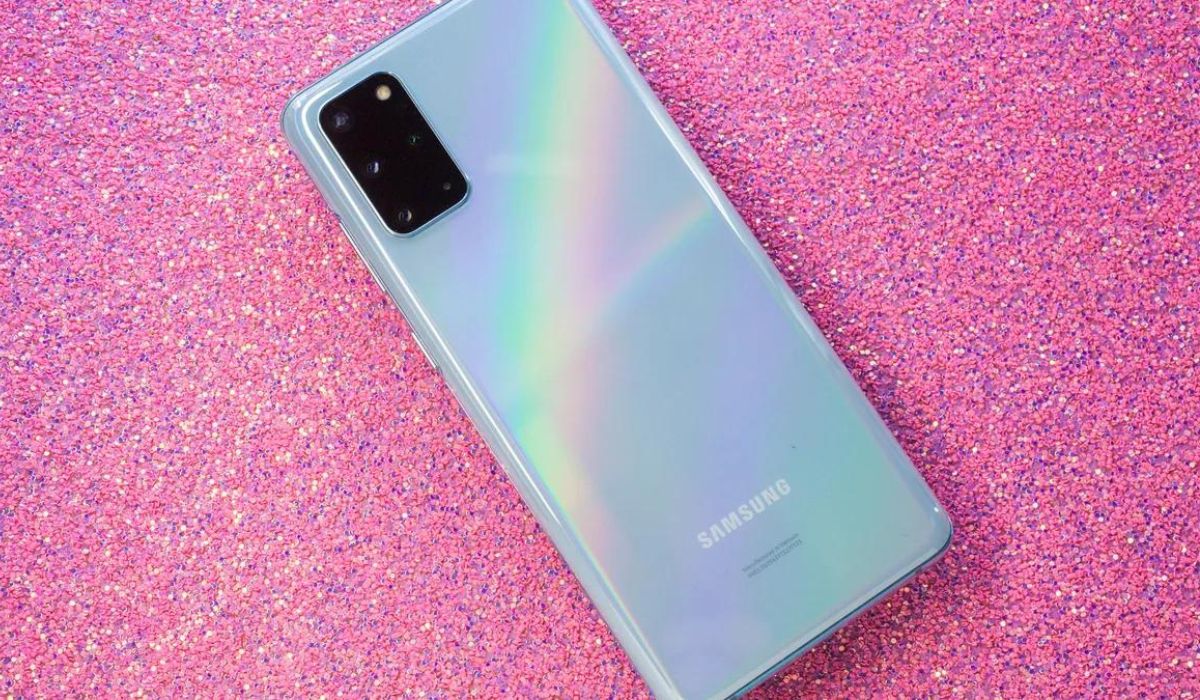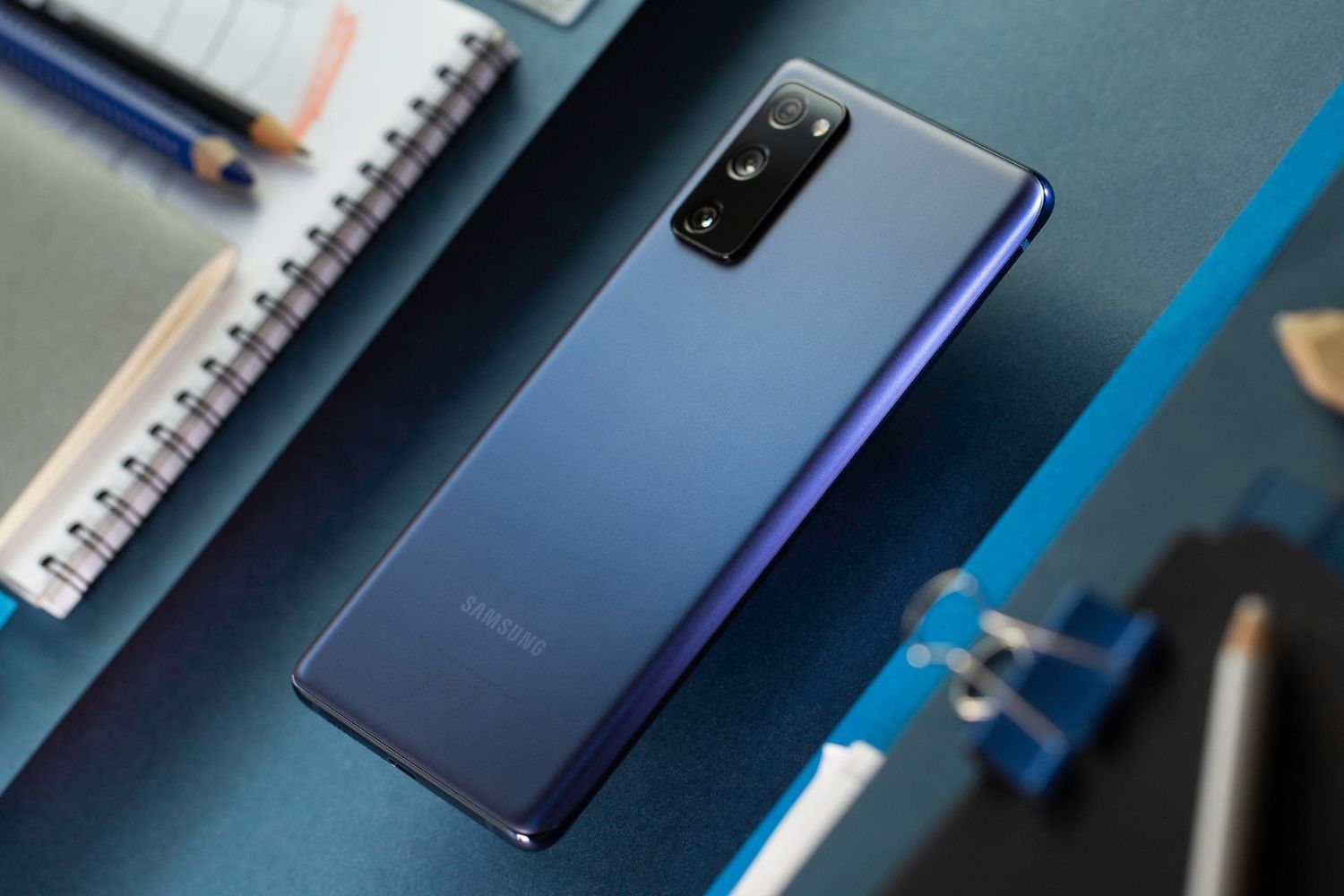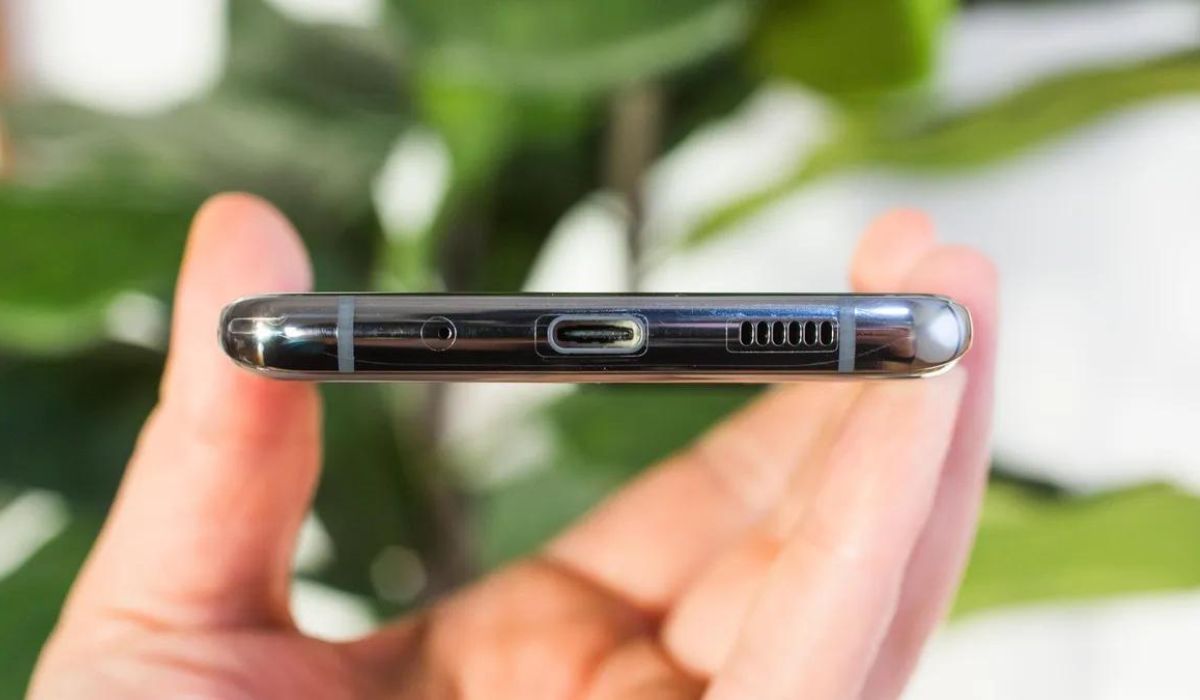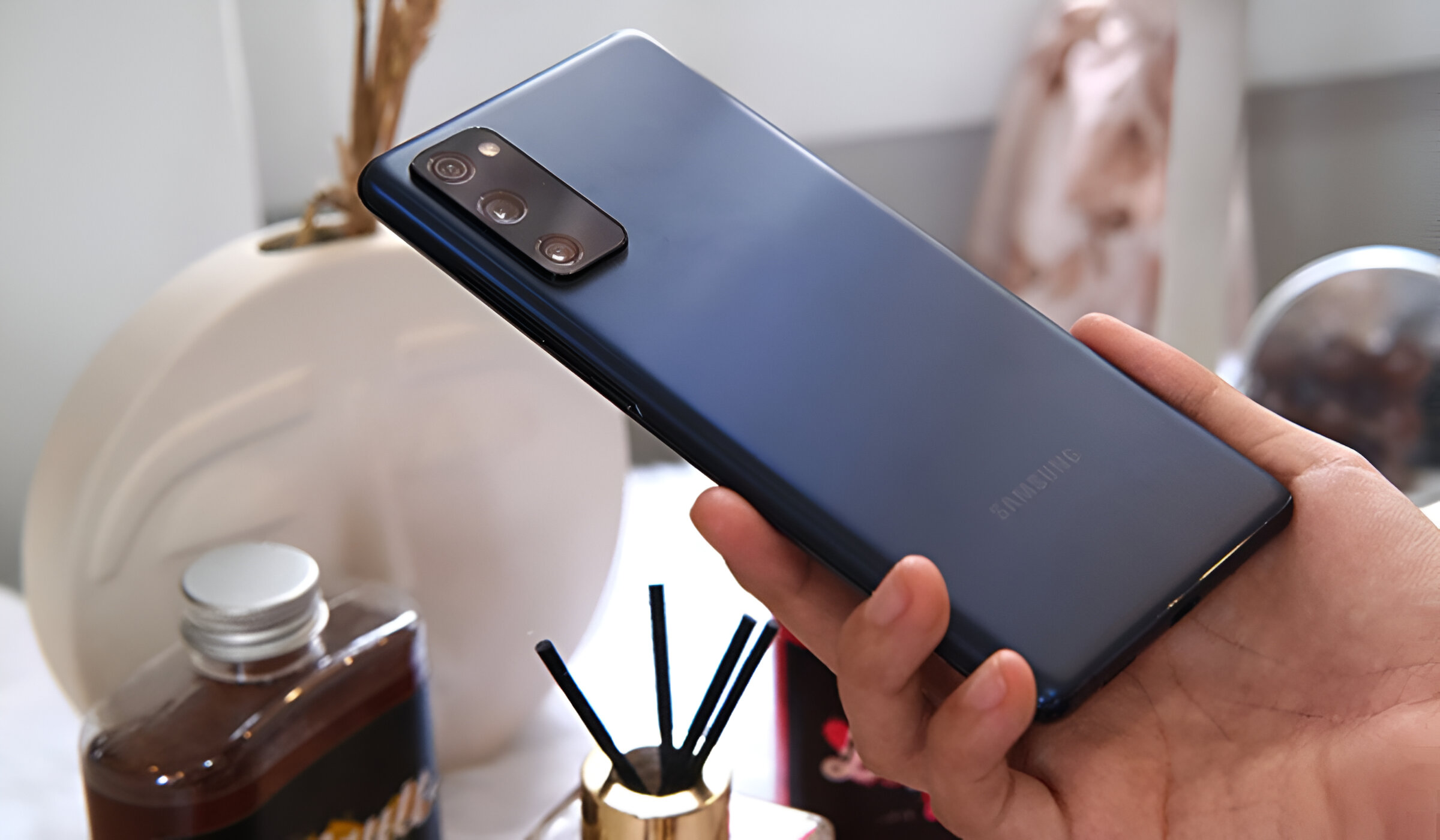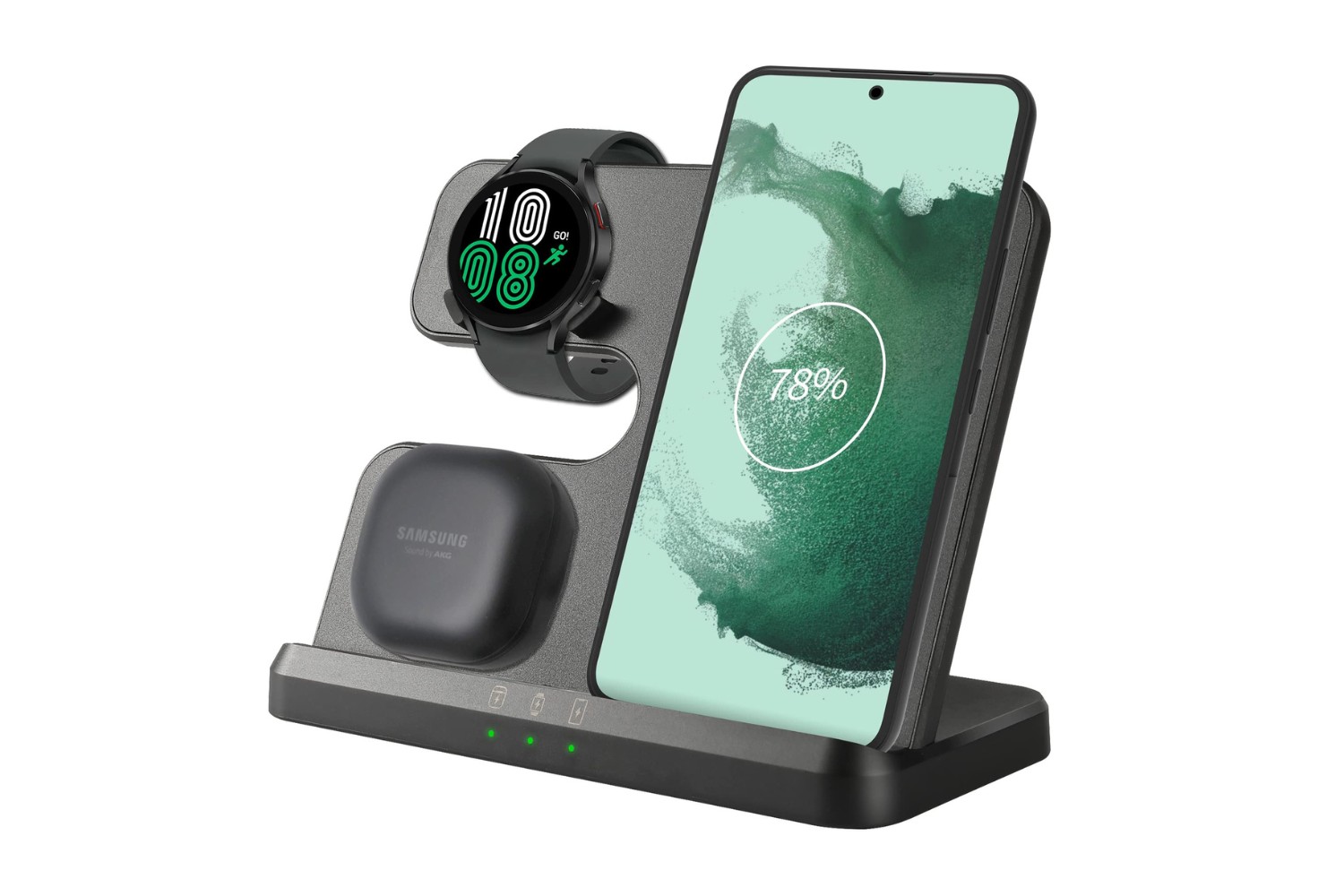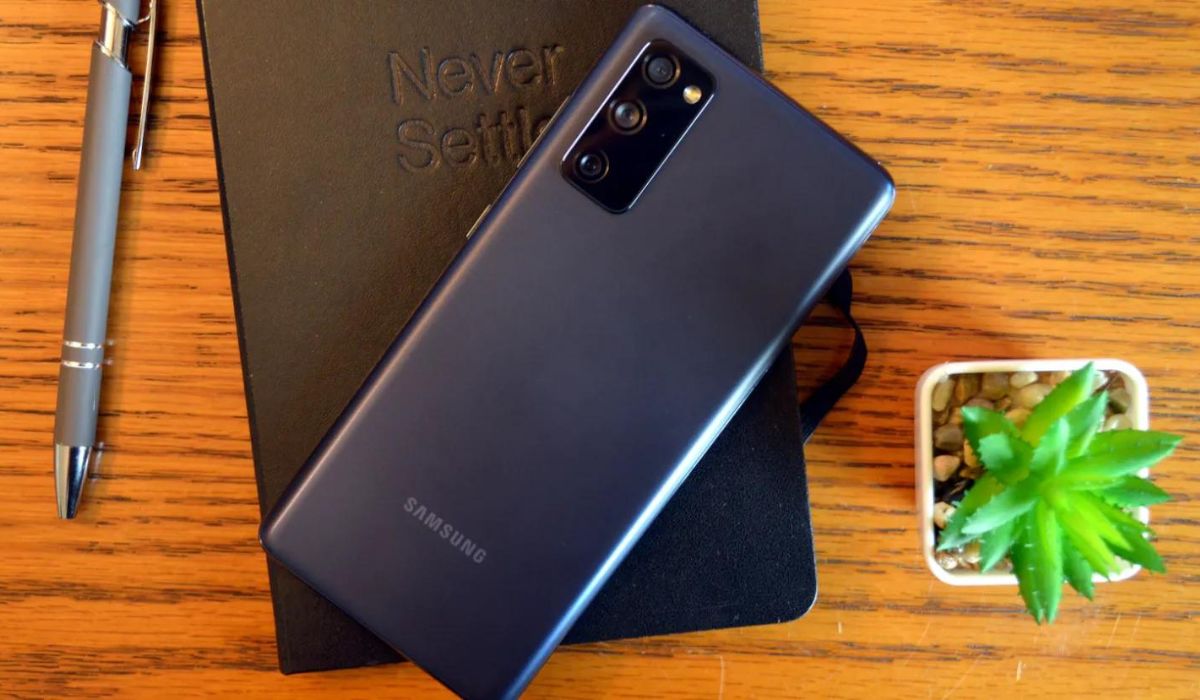Introduction
The Samsung Galaxy S20 FE is a remarkable device that offers a plethora of features and functionalities, including a stunning display, powerful camera system, and seamless performance. However, one of the most crucial aspects of any smartphone is its battery life. The ability to keep your device powered throughout the day is essential for staying connected, productive, and entertained. In this article, we will explore a range of practical tips and strategies designed to enhance the battery performance of the Samsung S20 FE, ensuring that users can make the most of their device without constantly worrying about running out of power.
A longer-lasting battery not only provides convenience but also contributes to a more sustainable and eco-friendly approach to technology usage. By optimizing the battery life of your Samsung S20 FE, you can reduce the frequency of charging, which in turn minimizes energy consumption and extends the overall lifespan of the device. With a few simple adjustments and mindful practices, users can significantly improve the efficiency and longevity of their smartphone's battery, ultimately enhancing their overall mobile experience.
From adjusting screen brightness and managing background apps to utilizing power-saving modes and optimizing charging habits, each tip presented in this article is aimed at empowering Samsung S20 FE users to take control of their device's battery performance. By implementing these strategies, users can enjoy extended usage times, reduced energy consumption, and a more sustainable approach to smartphone usage. Let's delve into these practical tips and unlock the full potential of the Samsung S20 FE's battery life.
Tip 1: Adjust Screen Brightness
The display of the Samsung S20 FE is undeniably captivating, showcasing vibrant colors and sharp details. However, the brightness level of the screen can significantly impact the device's battery life. By adjusting the screen brightness to an optimal level, users can effectively conserve power without compromising the visual experience.
When the screen brightness is set too high, the device consumes more energy to illuminate the display, leading to faster battery depletion. Conversely, lowering the brightness not only reduces power consumption but also minimizes strain on the eyes, especially in low-light environments.
To adjust the screen brightness on the Samsung S20 FE, users can simply swipe down from the top of the screen to access the quick settings panel. From there, they can adjust the brightness slider to achieve the desired level of illumination. Additionally, enabling the "Adaptive Brightness" feature allows the device to automatically adjust the screen brightness based on ambient lighting conditions, further optimizing power usage.
By consciously managing the screen brightness based on the surrounding environment, users can extend the battery life of their Samsung S20 FE while ensuring a comfortable viewing experience. Whether indoors, outdoors, or in dimly lit settings, finding the right balance of brightness not only conserves power but also enhances usability and visual comfort.
In essence, the simple act of adjusting the screen brightness serves as a foundational step in optimizing the battery performance of the Samsung S20 FE. It empowers users to strike a harmonious balance between visual clarity, energy efficiency, and overall user comfort, ultimately contributing to a more sustainable and enjoyable mobile experience.
Tip 2: Use Power Saving Mode
The Samsung S20 FE comes equipped with a robust Power Saving Mode feature designed to optimize battery performance during extended usage periods. Activating this mode can significantly extend the device's battery life by implementing various power-saving measures without compromising essential functionalities.
When enabled, Power Saving Mode adjusts several system settings to minimize power consumption. This includes reducing the device's overall performance, limiting background app activities, and optimizing various hardware components to operate more efficiently. By intelligently managing these aspects, Power Saving Mode ensures that users can make the most of their device's battery life, especially during critical moments when access to a charger may be limited.
One of the key adjustments made in Power Saving Mode is the scaling back of the device's performance capabilities. This involves limiting the CPU's processing power, thereby reducing the overall energy consumption. While this may slightly impact the device's speed, the trade-off results in a notable extension of battery life, allowing users to stay connected and productive for longer durations.
Furthermore, background app activities are also restricted in Power Saving Mode. This prevents apps from consuming excessive resources when running in the background, ultimately conserving power and minimizing unnecessary energy drain. By prioritizing essential tasks and temporarily suspending non-critical processes, the device can operate more efficiently, ensuring that the available battery power is utilized judiciously.
Additionally, certain hardware components, such as the screen brightness and vibration feedback, are optimized to consume less power without compromising usability. These adjustments are intelligently implemented to strike a balance between energy efficiency and user experience, allowing users to navigate their device with minimal disruption while benefiting from extended battery life.
In essence, the Power Saving Mode feature of the Samsung S20 FE serves as a valuable tool for users seeking to maximize their device's battery performance. By intelligently managing system resources and implementing power-saving measures, this mode empowers users to stay connected and productive for longer durations, even in situations where access to a power source may be limited.
By incorporating the use of Power Saving Mode into their daily usage habits, Samsung S20 FE users can enjoy extended battery life without compromising essential functionalities, ultimately enhancing their overall mobile experience.
Tip 3: Manage Background Apps
Background apps running on the Samsung S20 FE can significantly impact the device's battery life by consuming resources even when not actively in use. Managing these background apps is crucial for optimizing battery performance and ensuring efficient utilization of the device's power.
When users navigate away from an app, it may continue running in the background, performing various tasks such as syncing data, receiving notifications, or updating content. While these background activities are designed to enhance user experience, they can also contribute to increased energy consumption, leading to faster battery depletion.
To effectively manage background apps on the Samsung S20 FE, users can leverage the device's built-in tools to monitor and control app activities. One of the primary methods is through the device's settings, where users can access the "Apps" or "Applications" section to view a list of installed apps and their respective background activities.
Within this section, users can individually select apps and adjust their background activity settings. This may include restricting background data usage, preventing automatic startup, or limiting background refresh intervals. By customizing these settings based on individual app preferences, users can effectively minimize unnecessary background activities, thereby conserving battery power.
Furthermore, the Samsung S20 FE provides a dedicated "Battery" section within the device settings, offering insights into app-specific battery usage. Users can identify apps that consume significant battery resources and take proactive measures to manage their background activities. This may involve restricting background usage for specific apps that are not essential for immediate functionality.
In addition to manual management, the Samsung S20 FE also offers intelligent battery optimization features that automatically identify and restrict excessive background activities. These features intelligently prioritize essential apps while temporarily limiting non-critical background processes, ensuring that the device's resources are utilized efficiently.
By actively managing background apps on the Samsung S20 FE, users can minimize unnecessary energy consumption, leading to extended battery life and improved overall device performance. This proactive approach empowers users to take control of their device's power utilization, ensuring that the available battery capacity is maximized for essential tasks while minimizing wasteful energy consumption.
In essence, effective management of background apps plays a pivotal role in optimizing the battery performance of the Samsung S20 FE, allowing users to enjoy prolonged usage times and a more sustainable approach to smartphone usage.
Tip 4: Disable Unnecessary Features
The Samsung S20 FE boasts a wide array of features and functionalities, ranging from advanced camera capabilities to innovative connectivity options. While these features contribute to the device's versatility, they can also impact battery performance when left active unnecessarily. Disabling non-essential features not only conserves battery power but also streamlines the device's operation, ensuring a more efficient and sustainable user experience.
One of the primary areas to consider when disabling unnecessary features is connectivity options. The Samsung S20 FE supports various connectivity features such as Bluetooth, NFC, and location services, all of which can consume power when active. By selectively disabling these features when not in use, users can effectively reduce energy consumption and extend the device's battery life. For instance, turning off Bluetooth and NFC when not actively pairing devices or making contactless payments can significantly contribute to power conservation.
Similarly, location services, while integral for certain apps and functionalities, can be selectively disabled for apps that do not require real-time location data. By customizing location settings and restricting access to apps that do not necessitate precise location information, users can minimize GPS usage and reduce power consumption, ultimately enhancing the device's battery performance.
Another aspect to consider is the device's display features. While the Samsung S20 FE offers a range of display enhancements, such as high refresh rates and vivid color profiles, these features can impact battery life when consistently active. Users can optimize battery performance by adjusting display settings, such as reducing the screen refresh rate or utilizing more power-efficient color profiles, especially during extended usage periods.
Furthermore, the device's notification and background sync settings can be tailored to disable non-essential notifications and limit background data synchronization for certain apps. By selectively managing these settings, users can prevent unnecessary background activities, such as frequent app refresh cycles and push notifications, which can contribute to increased power consumption.
In essence, the proactive approach of disabling unnecessary features on the Samsung S20 FE empowers users to optimize battery performance while customizing the device to suit their specific usage patterns. By selectively managing connectivity options, display features, and background activities, users can extend the device's battery life, reduce energy consumption, and ensure a more sustainable and efficient mobile experience.
Tip 5: Update Software Regularly
Regular software updates play a pivotal role in maintaining the optimal performance and battery efficiency of the Samsung S20 FE. These updates, often released by Samsung to address system enhancements, security patches, and overall device optimization, are essential for ensuring that the device operates at its best.
When users keep their Samsung S20 FE updated with the latest software releases, they benefit from improved system stability, enhanced power management algorithms, and refined resource allocation. These updates are designed to address potential software inefficiencies, optimize power utilization, and introduce new features that contribute to a more efficient and sustainable user experience.
In addition to addressing performance and security aspects, software updates often include optimizations specifically aimed at enhancing battery life. These optimizations may involve refining background app management, fine-tuning power-saving algorithms, and improving overall system efficiency to minimize unnecessary power consumption.
By staying current with software updates, Samsung S20 FE users can leverage the latest advancements in power management and device optimization, ultimately leading to extended battery life and improved overall performance. Furthermore, these updates often introduce new features and functionalities that are designed to operate more efficiently, contributing to a more sustainable and enjoyable user experience.
To ensure that the Samsung S20 FE remains up to date, users can check for software updates regularly by accessing the device's settings and navigating to the "Software Update" section. From there, users can initiate manual checks for updates and configure the device to automatically download and install new software releases, ensuring that the device remains optimized and efficient.
In essence, regular software updates are a fundamental aspect of maintaining the Samsung S20 FE's battery performance and overall efficiency. By embracing the latest software enhancements and optimizations, users can maximize the device's battery life, minimize energy consumption, and enjoy a seamless and sustainable mobile experience.
Tip 6: Use Adaptive Battery
The Samsung S20 FE incorporates an intelligent feature known as Adaptive Battery, designed to optimize power usage and enhance the overall battery performance of the device. Adaptive Battery leverages advanced machine learning algorithms to analyze usage patterns and prioritize power allocation, ensuring that essential apps and services receive the necessary resources while efficiently managing background activities.
By utilizing Adaptive Battery, the Samsung S20 FE can intelligently adapt to the user's usage habits, dynamically adjusting power allocation to maximize battery life. This proactive approach involves identifying apps that are frequently used and prioritizing their access to system resources, while intelligently restricting background activities for less frequently accessed apps.
One of the key benefits of Adaptive Battery is its ability to learn and adapt to the user's behavior over time. As users interact with their device and utilize various apps, Adaptive Battery continuously refines its power management strategies, ensuring that the device's resources are allocated judiciously based on individual usage patterns. This adaptive approach not only extends battery life but also contributes to a more personalized and efficient user experience.
Furthermore, Adaptive Battery works in tandem with the device's operating system to intelligently predict app usage, preemptively optimizing power allocation to accommodate upcoming tasks and activities. By proactively managing power usage based on predictive analysis, the Samsung S20 FE can minimize unnecessary energy consumption, leading to prolonged battery life and sustained device performance.
Users can access the Adaptive Battery feature within the device settings, where they can enable this intelligent power management functionality. Once activated, Adaptive Battery operates seamlessly in the background, continuously optimizing power usage without requiring user intervention. This hands-free approach ensures that users can enjoy extended battery life without the need for manual adjustments, allowing them to focus on their tasks and activities without worrying about power conservation.
In essence, the use of Adaptive Battery on the Samsung S20 FE represents a significant advancement in power management, leveraging machine learning and predictive analysis to optimize battery performance. By embracing this intelligent feature, users can benefit from extended battery life, personalized power management, and a more sustainable approach to smartphone usage. Adaptive Battery stands as a testament to Samsung's commitment to delivering innovative solutions that enhance user experience and device efficiency.
Tip 7: Optimize Charging Habits
Optimizing charging habits is a crucial aspect of maintaining the long-term battery health and performance of the Samsung S20 FE. By adopting mindful charging practices, users can prolong the overall lifespan of the device's battery while ensuring consistent and reliable performance.
One of the fundamental principles of optimizing charging habits is to avoid frequent, shallow discharges and recharges. Unlike older battery technologies, the lithium-ion battery used in the Samsung S20 FE does not suffer from the "memory effect," which means it is not necessary to fully discharge the battery before recharging. In fact, frequent shallow discharges can contribute to increased wear on the battery, ultimately impacting its long-term capacity.
Instead, users are encouraged to charge their device whenever convenient, without waiting for the battery to reach critically low levels. This approach not only minimizes unnecessary strain on the battery but also ensures that the device is consistently ready for use, reducing the likelihood of unexpected power depletion during critical moments.
Furthermore, it is advisable to avoid exposing the device to extreme temperatures during charging. High temperatures can accelerate the degradation of lithium-ion batteries, leading to reduced capacity and overall performance over time. Similarly, charging the device in excessively cold environments can impede the battery's ability to accept a full charge, potentially leading to operational issues.
To optimize charging habits, users should aim to maintain a moderate temperature environment during charging, avoiding prolonged exposure to direct sunlight or extreme heat sources. Additionally, using the original charger and cable provided by Samsung is recommended, as third-party accessories may not adhere to the device's specific charging protocols, potentially impacting charging efficiency and battery health.
Another beneficial practice is to avoid leaving the device plugged in and fully charged for extended periods. Once the device reaches full charge, unplugging it and allowing the battery to undergo partial discharge before recharging can help maintain its overall health and longevity. This approach prevents the battery from remaining consistently at maximum capacity, which can contribute to accelerated degradation over time.
By adopting these optimized charging habits, Samsung S20 FE users can ensure that their device's battery remains in optimal condition, providing reliable and sustained performance throughout its lifespan. These mindful practices not only contribute to extended battery health but also promote a more sustainable and efficient approach to device usage, ultimately enhancing the overall mobile experience.
Conclusion
In conclusion, optimizing the battery performance of the Samsung S20 FE is not only about extending usage times but also embracing a sustainable and efficient approach to smartphone usage. By implementing the practical tips and strategies outlined in this article, users can take proactive steps to enhance their device's battery life, ensuring consistent and reliable performance throughout their daily activities.
From adjusting screen brightness and utilizing power-saving modes to managing background apps and optimizing charging habits, each tip serves as a valuable tool for empowering Samsung S20 FE users to maximize their device's battery efficiency. These strategies are designed to seamlessly integrate into users' daily routines, allowing them to enjoy extended usage times without compromising essential functionalities.
Furthermore, the intelligent features and optimizations offered by the Samsung S20 FE, such as Adaptive Battery and advanced power management algorithms, exemplify Samsung's commitment to delivering innovative solutions that prioritize user experience and device efficiency. By leveraging these intelligent features, users can benefit from personalized power management, predictive power allocation, and a more sustainable approach to smartphone usage.
It is important to recognize that the pursuit of enhanced battery performance extends beyond convenience; it embodies a conscious effort to minimize energy consumption, reduce environmental impact, and promote a more sustainable digital lifestyle. By optimizing the battery performance of the Samsung S20 FE, users contribute to a collective effort in conserving resources and embracing a more eco-friendly approach to technology usage.
Ultimately, the journey towards maximizing the battery performance of the Samsung S20 FE is a testament to the seamless integration of technology and sustainability. By embracing these practical tips and leveraging the device's intelligent features, users can unlock the full potential of their device's battery life, ensuring consistent performance, extended usage times, and a more sustainable mobile experience.







